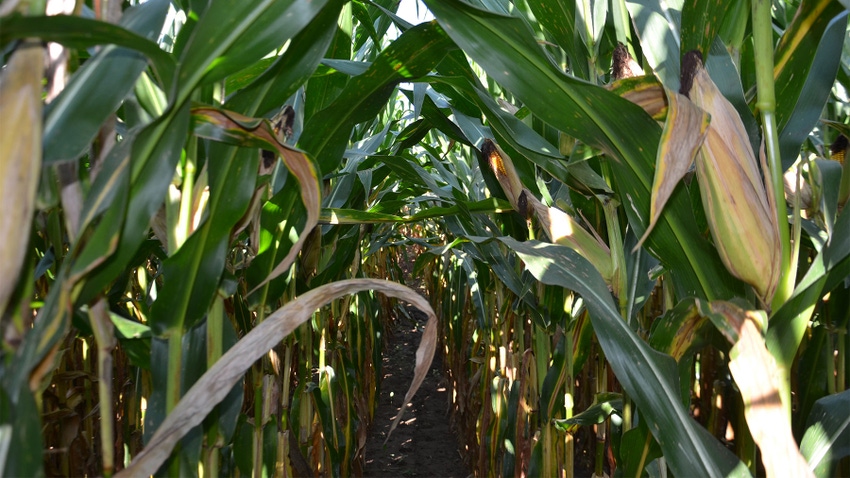
Here’s a corn trivia question you can try out at the coffee shop: Which hybrid likely has fewer husks per ear — a hybrid grown by your dad in 1980 or a hybrid you grow today? Answer: Odds favor the modern hybrid as having fewer husks per ear. Fewer husks contribute to better drydown in the field. The ability to dry more quickly in the field is an attribute many corn breeders seek to achieve.
OK, you probably haven’t woken up at night worrying about whether the corn you grow today has more husk leaves than the corn your dad or grandpa grew. And selecting and ordering next year’s hybrids shouldn’t keep you up at night either. But when you are pondering those selections, how quickly each hybrid dries down may be a consideration.
“When weather conditions are not favorable for rapid drydown, then hybrid characteristics that influence the rate of grain drying become more important,” says Bob Nielsen, retired Purdue Extension corn specialist.
Quite a few farmers indicated corn is running wetter than they expected given decent drydown weather this fall, Nielsen notes. That means they are likely paying more attention to differences in how hybrids dry down this year.
Preferred traits for drydown
According to Nielsen, here are characteristics of hybrids that researchers have identified as ones most likely to influence grain drying in the field:
1. Kernel pericarp characteristics. The pericarp is the outermost layer of a corn kernel. In botany terms, it is the ovary wall. Thinner, or more permeable, pericarp layers have been associated with faster drying rates in the field.
2. Husk leaf number. The fewer the number of husk leaves, the more rapid the grain moisture loss. You will find that in general, modern hybrids have fewer husk leaves than hybrids commonly grown years ago.
3. Husk leaf thickness. The thinner the husk leaves, the more rapid the grain moisture loss. Again, it’s simply a matter of physics: The thinner the barrier, the quicker moisture can pass through it.
4. Husk leaf senescence. The sooner the husk leaves senesce, a fancy word that means “die,” the more rapid the grain moisture loss from kernels on ears covered by those husk leaves.
5. Husk coverage of the ear. The less the husk covers the tip of the ear, the more rapid the grain moisture loss.
6. Husk tightness. The looser the husk covering the ear, again, the more rapid the grain moisture loss, Nielsen explains.
One cautionary note here: Looser husks or less coverage of ears by husks may lead to better drydown, but these same traits can also leave ears exposed for more bird and insect damage and feeding.
7. Ear position. After corn reaches maturity, the sooner the ears drop from an upright position to a downward position, the more rapid the grain moisture loss. Plus, husks of upright ears that remain upright longer can capture rainfall. Besides slower drydown, this can also lead to sprouting on the ear in very wet falls.
Read more about:
Dry DownAbout the Author(s)
You May Also Like




